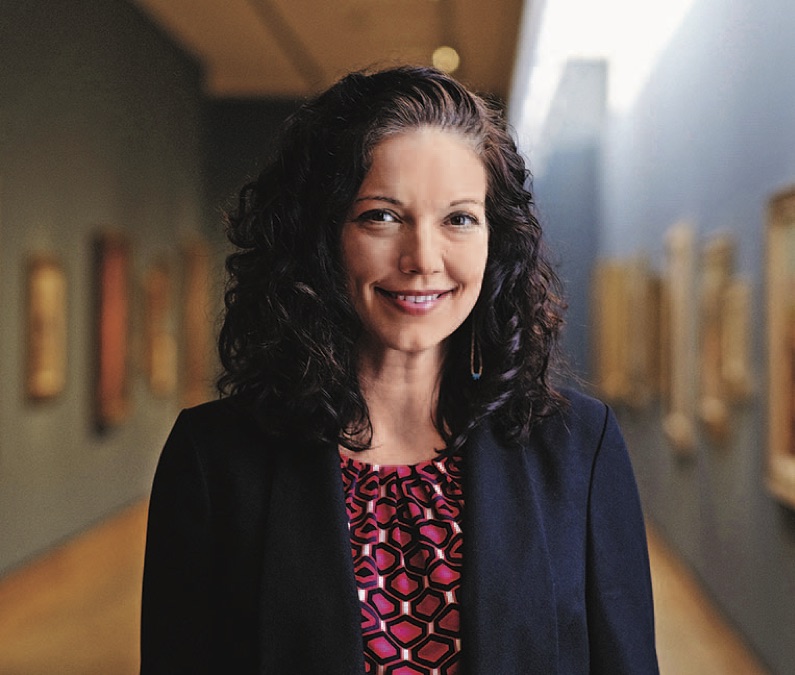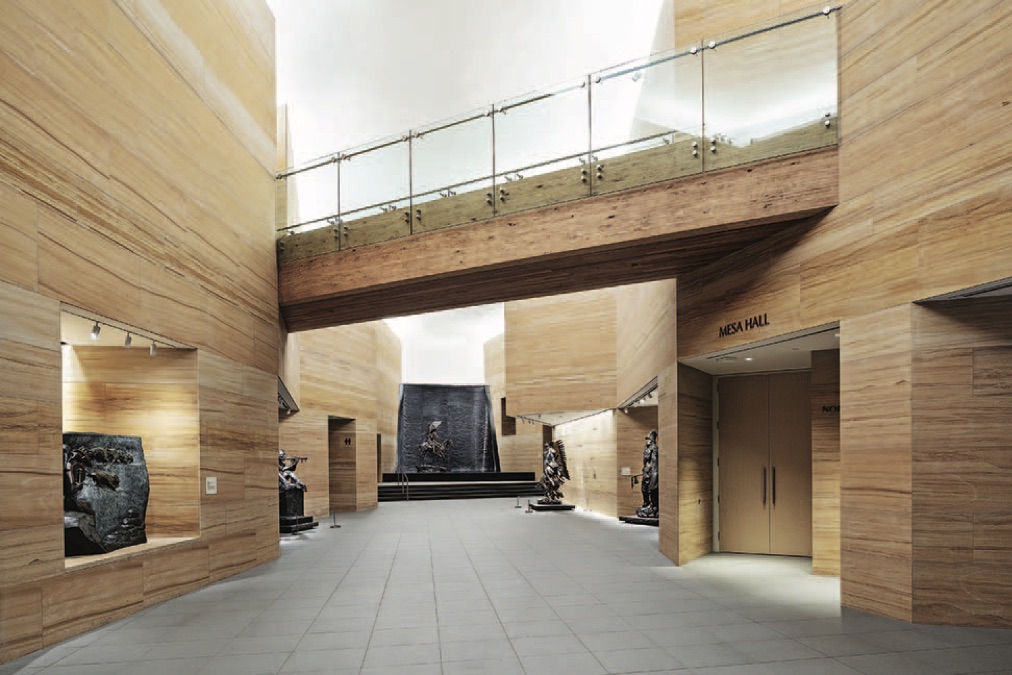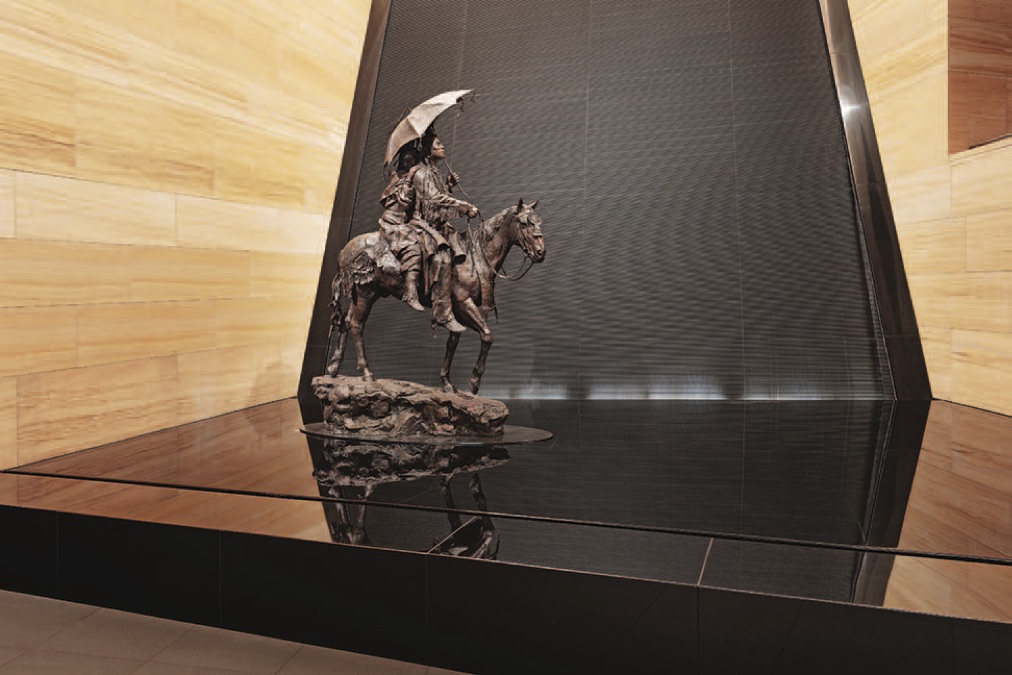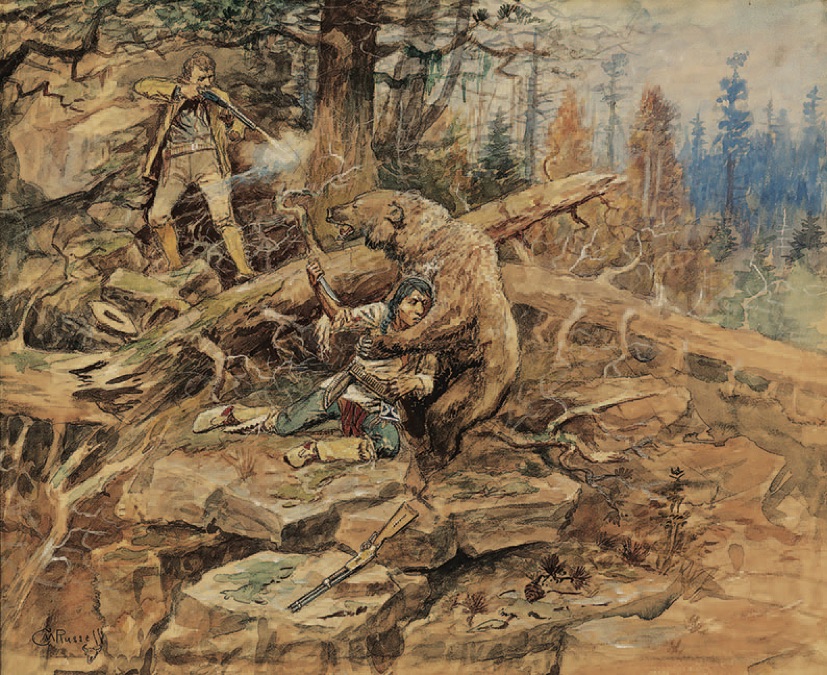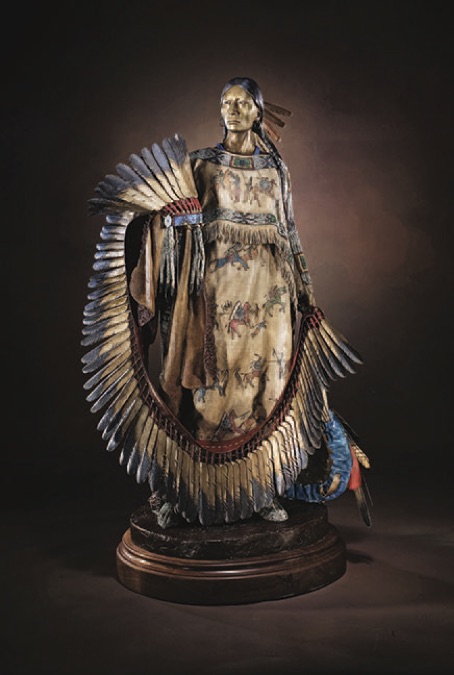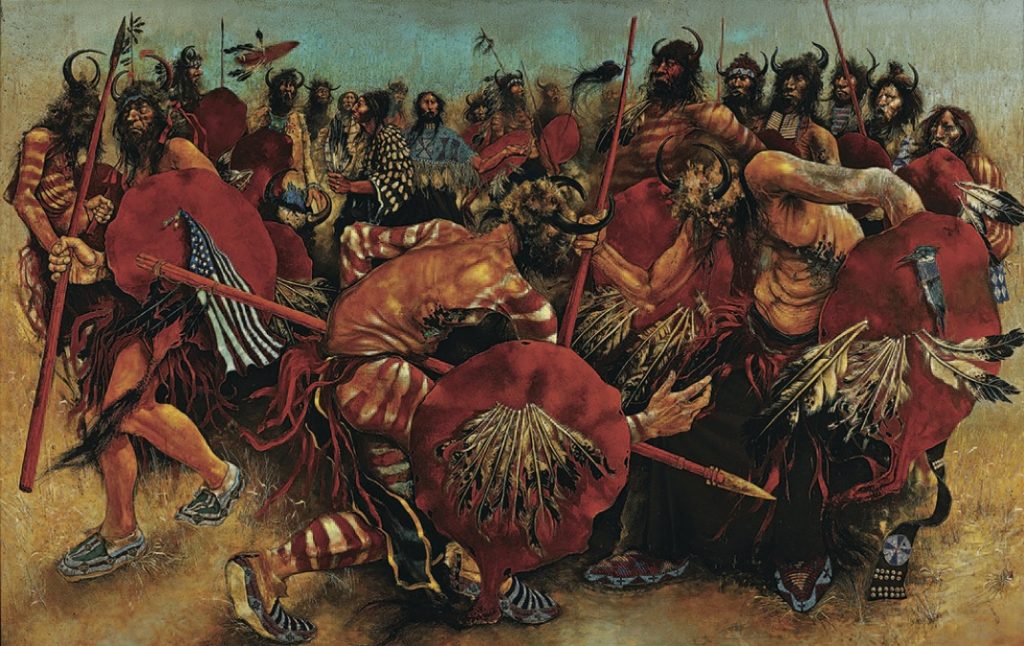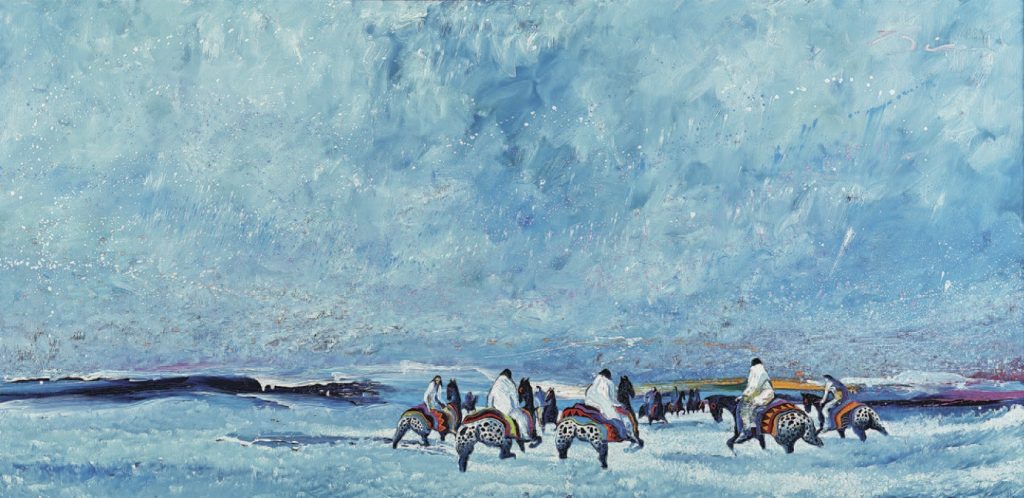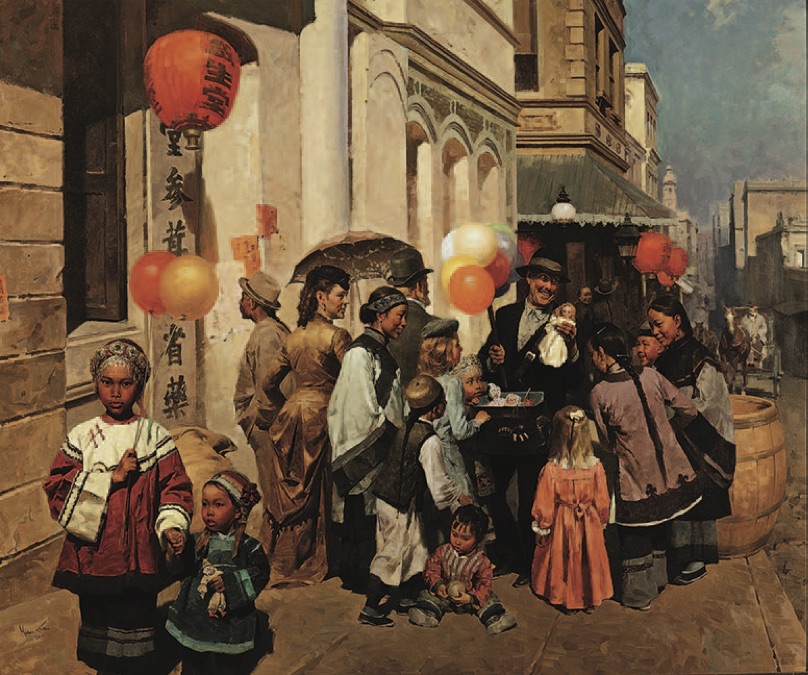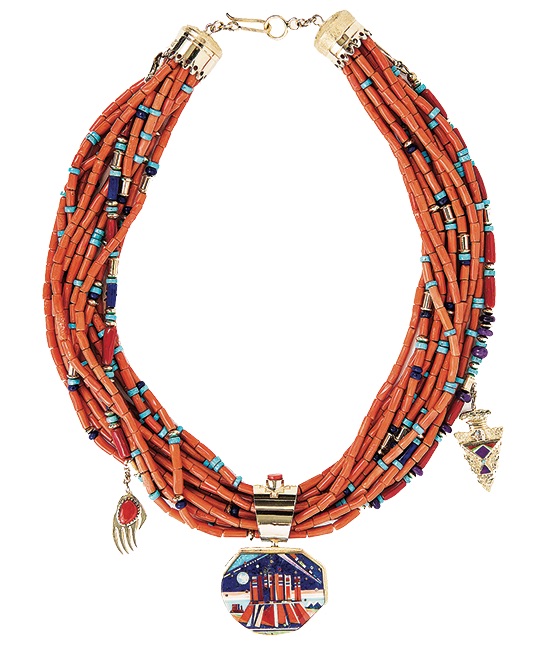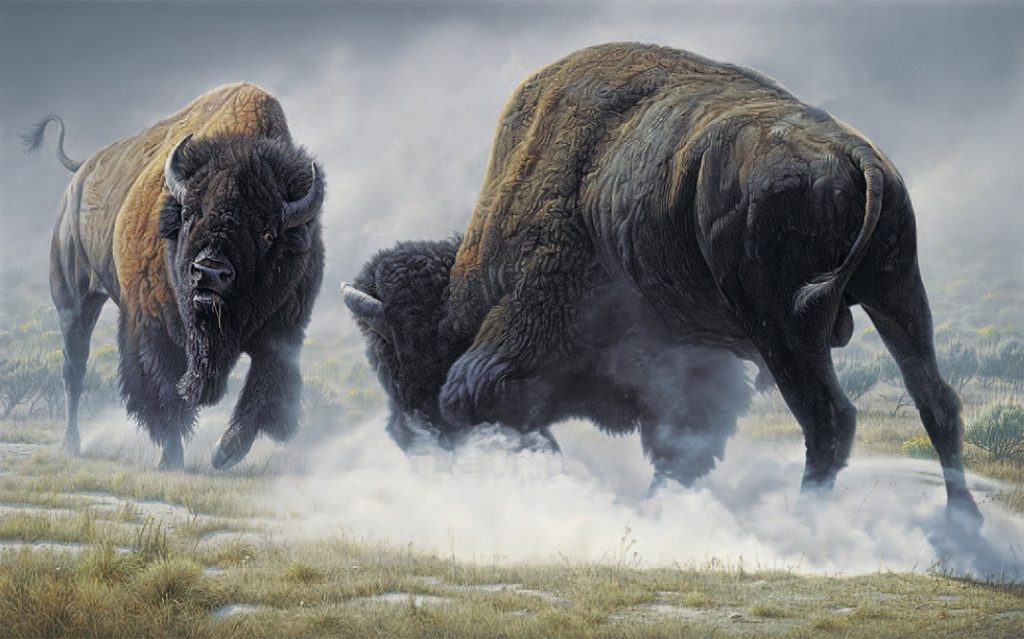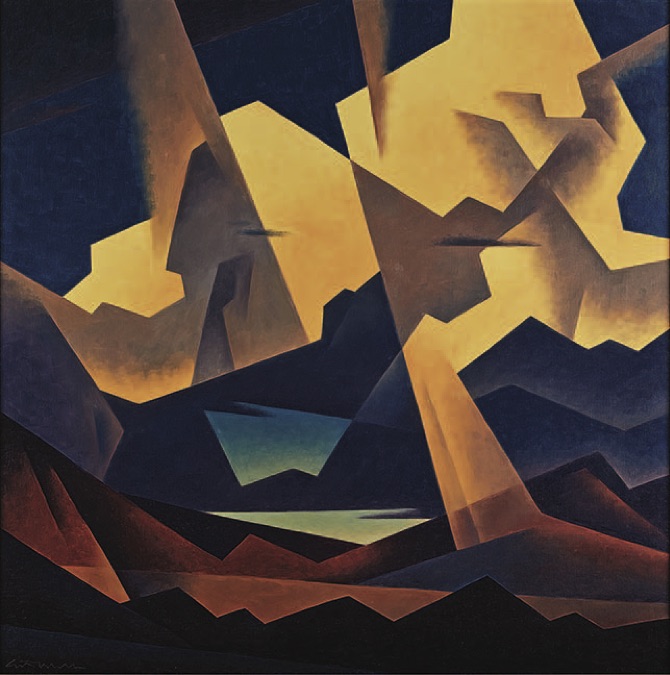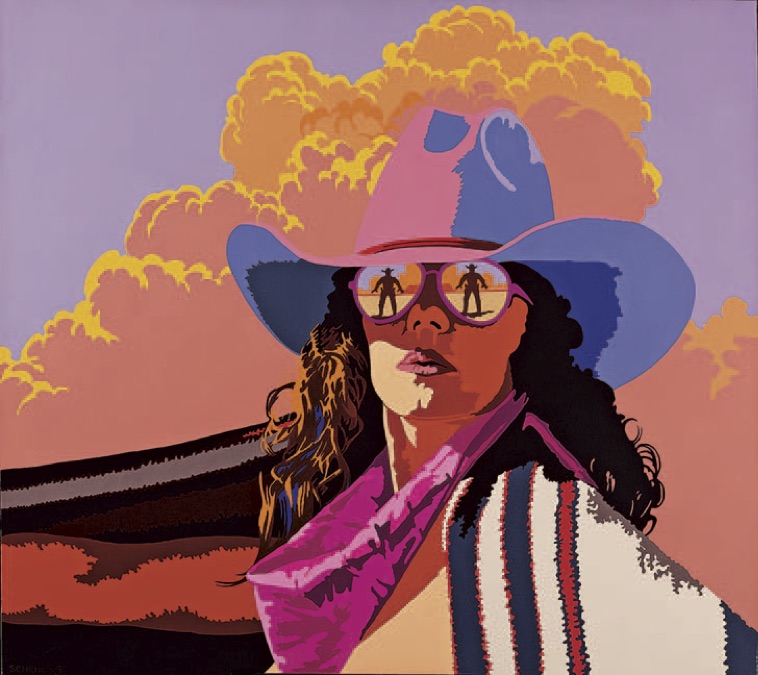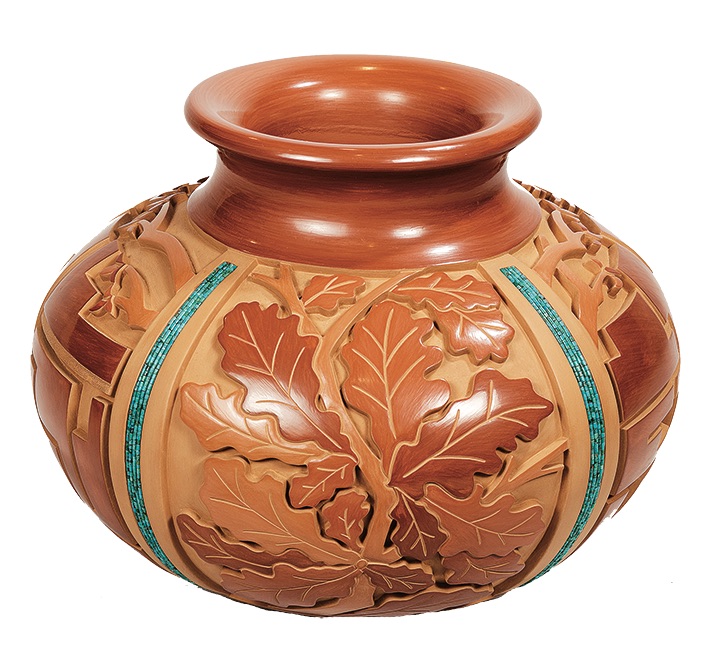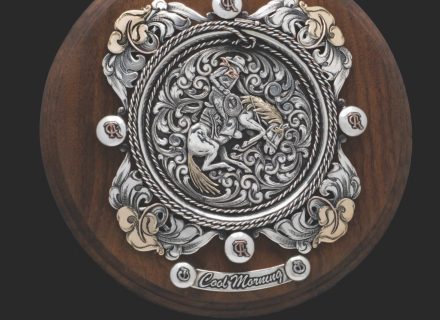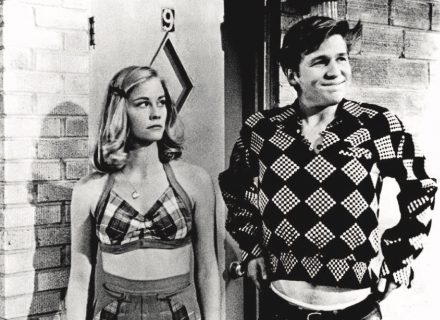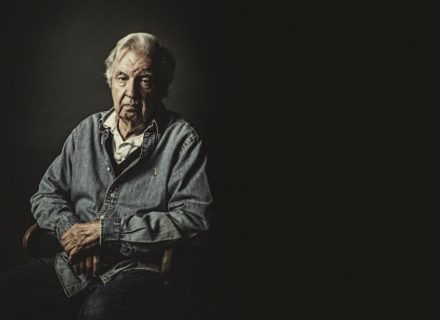Curator of art Emily Kapes takes C&I on a special tour of the James Museum of Western & Wildlife Art.
There’s a love story behind the James Museum. Love of a couple for each other. Love of skiing in Colorado and of shopping for art as travel mementos. Love of Western and Native American art and artists. And love of giving back to a community.
The James Museum of Western & Wildlife Art opened in the heart of downtown St. Petersburg, Florida, just blocks from the city’s waterfront park, in April 2018. But the beginnings of the collection go back decades, to the college days of founders Tom and Mary James.
“Tom James is the son of Bob James, who founded Raymond James Financial in 1964 in St. Petersburg,” says curator of art Emily Kapes, who began managing the corporate collection in 2005. “Tom grew up here, then went off to Harvard, where he met his now wife, Mary, while she was attending nearby Wellesley. While dating in college they started collecting art, going to local art fairs, or when traveling, picking up pieces that spoke to them.”
Mary had grown up in Michigan and was an accomplished skier. Tom had grown up in Florida and wasn’t a skier. He was a workaholic in the early days of the firm, but she got him to vacation in Colorado, where the couple began buying art to remember their trips. Tom quickly became an avid skier as well.
On one particular vacation, on a day when the weather wasn’t good for skiing, Tom decided to hit some of the Western galleries in town. He’d grown up watching westerns and playing cowboys and Indians, and in the galleries, he discovered an affinity for Western, Native, and wildlife art. “He really connected with it — and with the artists themselves,” Kapes says. “As their art collection continued to grow organically, over time it became more and more focused on Western and wildlife art.”
With success came a desire to give back. When the burgeoning collection outgrew Raymond James Financial’s corporate headquarters — where educational programs and art tours had become well known — plans for a museum began to take shape. “They wanted to have the museum where they were, where the collection was, and where their community was,” Kapes says.
Tom still works full time as the firm’s chairman emeritus, though he and Mary make time for travel. The couple still travels to Colorado, as well as Arizona and New Mexico, and they enjoy finding art and meeting artists on every adventure. They share their love of the West in the East, at the St. Petersburg museum that bears their name. Mary and Tom continue to select every piece and, whenever they can, meet the artists. “They love getting to know the artists and supporting living artists,” Kapes says. “In the collection you’ll see dozens of works by artists that the Jameses have had a personal relationship with, such as John Coleman, Dave McGary, and Dan Namingha.”
Their museum is housed in a former department store building that was reimagined by Florida-based architect Yann Weymouth, who also designed St. Pete’s Salvador Dali Museum. “It’s truly a dynamic transformation,” Kapes says. “The lobby’s design is inspired by an arroyo. The first floor has nearly 28-foot-high walls of sandstone — 31,000 square feet of sandstone tiles. Every tile of the two-story-high walls was specifically numbered and placed and reviewed according to the pattern and color of the stones. The horizontal striations really make it look like a canyon. Visitors feel they’ve been transported to the West.”
Kapes has placed a John Coleman piece in front of a waterfall at the end of the museum’s arroyo, setting the tone for the visitor’s artistic journey through the West and providing a natural first stop on her tour of a dozen key pieces in the collection.
That immersive experience continues with a “switchback,” a set of stairs that climb from the “canyon” to the second floor. “The first pieces I placed were landscapes that introduce visitors to the grand and varied vistas of the American West — hills, deserts, mountains, ancestral pueblo structures,” Kapes says.
We’ve asked Kapes to take C&I on a special trip from Florida deep into the James Museum’s American West.
John Coleman, Honeymoon at Crow Fair, 2014
American, born 1949
Bronze, 98 x 80 x 38 inches
Inspired by Native cultures and history, John Coleman has told remarkable stories through his sculptures and paintings since the 1990s. His detailed figurative works show extensive research, a deep respect for his subjects, and technical mastery of his medium. I included Coleman’s art in this tour to represent the dozens of bronze sculptures throughout the museum as well as the Cowboy Artists of America organization, of which he’s a member. His art is displayed prominently, including this bronze in front of our waterfall, on a custom plinth within a reflection pool.
Here, a couple from the early 1900s participate in the annual Crow Fair Parade on the Crow Agency in Montana. They introduce themselves to their people for the first time as newlyweds, and the parasol gives shade from the summer sun. Coleman first had the idea for this sculpture when he purchased an antique parasol. Here, the trade item contrasts with the couple’s traditional regalia.
The Crow Fair, annually held in August since 1904, is a four-day celebration of Native culture with a powwow, rodeo, and elaborate parade. It is one of the largest Native American events on the continent and is organized by the Crow Tribe.
Charles M. Russell, In the Nick of Time, ca. 1896 – 1897
American, 1864 – 1926
Watercolor, 18 x 22 inches
Charlie Russell is known as a dynamic storyteller with his art. In the Nick of Time is a terrific example of one of his action scenes. The detailed wooded backdrop with sharp rocks and downed trees sets the stage for high drama between a frontiersman, a Native American, and a grizzly bear. Russell likely didn’t witness this exact peril during his many adventures in the Montana wilderness, but his thorough rendering certainly makes the viewer wonder if he did!
As a kid growing up in Missouri, Russell was fascinated by the Wild West and would see fur traders and explorers come through on their way to the frontier. The allure proved so great that he left school at 16 to work on a sheep ranch in Montana. From there, he cowboyed in the Judith Basin and eventually settled in Great Falls to a life of art portraying his firsthand experiences.
This painting is one of the oldest in the museum and on display in our Early West gallery. With the collection’s focus on acquiring art by living artists to help support their careers, adding works by deceased Western art masters like Russell and Frederic Remington came just in the last decade as museum plans developed. We wanted to tell some of the earlier Western art stories and show work by pioneering artists that have influenced today’s Western painters and sculptors. If our museum visitors are familiar with Western art, Charlie Russell is a name they likely know and whose influence they have certainly seen.
Dave McGary, The Honor Dress, 2006
American, 1958 – 2013
Bronze with patina and acrylic paint, 33 x 20 x 17 inches
Tom and Mary James have been dedicated patrons of the arts for decades, and over time they’ve developed close relationships with many artists. Dave McGary was one of them, and before he passed away from cancer in 2013, close to 40 of his figurative sculptures of Native Americans had been acquired for the collection. McGary’s absolute understanding of anatomy, gesture, and weight is seen in his work, and he was a master of creating texture in bronze, thus making hide, hair, fabric, and beadwork look lifelike. He was one of the only bronze artists to add colorful paint to his sculptures, accentuating the details.
His respect for tribal culture, values, and spirituality rivaled his attention to artistic detail and earned the trust and confidence of his American Indian subjects to the point that McGary was adopted into a Sioux family.
Here, a warrior’s widow honors the passing of her departed husband by wearing a rare hand-painted ceremonial dress. The dress is adorned with special paintings symbolizing his war accomplishments. Standing strong with chin held high, she proudly carries his buffalo robe, war bonnet, and shield. The bonnet trails more than 100 golden eagle feathers.
Paul Pletka, Red Talkers, 1978
American, born 1946
Acrylic on linen, 72 x 112 inches
By one of Tom James’ favorite artists, this dynamic painting’s large size immediately draws the viewer into the scene. Here, Pletka — whose intense interest in Indigenous costume, lore, and artifacts dates to childhood — lends his signature surreal interpretation to the Cheyenne Bull Society Dance, traditionally performed by older warriors. As the men feverishly dance in a circle around three chaste girls who symbolize fertility, two of the warriors in the foreground are beginning a metamorphosis. At first glance, it appears the dancers are wearing bison headdresses, but Pletka shows them transforming into bison. Their skin is opening to reveal their personal medicine symbols represented as green mice and honeybees, the embodiment of their power.
Pletka is influenced by a variety of artistic movements and histories, from Gothic to surrealist. Rooted in exhaustive research and fueled by his vivid imagination, his unique style is defined by rich symbolism and meticulous detail. “It’s just me and the way I see things,” Pletka says.
His fascination with Native American cultures began as a child when his father showed him a collection of arrowheads. From that point on, he drew Native American subjects. Pletka’s natural ability to draw was enhanced through study at Mesa College and Colorado State University. His lifelong consuming interest in Indigenous cultures is reflected in his art. The James Collection includes 14 of his major paintings.
Earl Biss, Winter Sunrise Circle of the Big Sky People, 1985
Native American (Crow, Chippewa), 1947 – 1998
Oil on canvas, 40 x 82 inches
Tom and Mary James had amassed hundreds of works of art by the mid-1980s, but this painting is what started a passion for collecting Western art that eventually culminated in the James Museum. On a 1985 visit to Colorado, Tom James first saw this Biss painting — freshly completed and still wet — in a gallery. He purchased it that day after meeting the artist. Today, approximately 30 percent of the art on display in the museum is by contemporary Native artists.
With this scene, Biss transports us to winter in Montana, the home of his people. You can almost hear the wind whipping across the snowy plain. Notice how the sky takes up most of the canvas, a reference to this remote region known as Big Sky. The painting treatment of the snowy land and sky are quite similar, separated only by the dark horizon line and the beginnings of sunrise warmth. Shift your focus to the Indian riders on horses as they anticipate a new day. Their brightly patterned saddle blankets pop against the pale snow, an example of the artist’s signature use of vivid color.
Biss was a key contributor to the contemporary Native American art movement of the 1960s and ’70s. He studied under painter Fritz Scholder and sculptor Allan Houser at the Institute of American Indian Arts in Santa Fe. Often inspired by Jackson Pollock’s paint splatters and drips, Biss worked with spontaneity and thick visible brushstrokes, hallmarks of abstract expressionism. His energetic scenes honor his Native heritage as well as nature.
Dan Namingha, Hopi Montage #17, 2008
Native American (Hopi-Tewa), born 1950
Acrylic on canvas, 36 x 108 inches
A bold colorist, Dan Namingha’s artistic themes center around his Hopi heritage and the land of his people. He incorporates elements and symbols of his culture using a stylized, abstracted approach. Tom and Mary James have followed Namingha’s career since the 1980s, acquiring 30 of his paintings over the years and becoming friends. They’ve connected over art as well as music; both Tom James and Namingha play multiple instruments.
This painting of four related panels celebrates nature and the importance of water to the desert-dwelling Hopi people. Panel one represents the four colors of corn and the four cardinal directions. The black square represents zenith (that which is above); the multicolored block represents nadir (that which is below). Panel two depicts the Sacred Spring from which life comes. Panel three pictures a flute player coming from the spring; he plays to bring rain and a good harvest. Panel four represents migration, with the bisecting line symbolizing the solstice. According to the Hopi religion, we are all in a constant state of migration.
Mian Situ, Toy Peddler of Dupont Street, San Francisco Chinatown, 1905, 2011
Chinese American, born 1953
Oil on canvas, 50 x 60 inches
I included this painting by Mian Situ to represent the Chinese American story in the development of the West. Even though they faced intense racial discrimination, Chinese immigrants played a major role in the settlement of California and as laborers in mines and on railroad lines. It’s an often-untold part of American history, and for some museum visitors this is an unexpected but fascinating subject in our galleries.
Raised in the rural countryside of his native China, Situ is known for his magnificent portraiture and scenes of the daily lives of backcountry people. Inspired by his home country as well as Western historical themes and landscapes, he emigrated to Canada in 1988, eventually settling in Southern California in 1998 and becoming an award-winning painter at some of the West’s most prestigious shows.
This painting sets an idealized scene on San Francisco’s Dupont Street in 1905. Just one year later, a devastating earthquake and subsequent fires would claim the lives of more than 3,000 people and destroy more than 80 percent of the city. Situ pays significant attention to historical details in this depiction, referencing photographs taken before the earthquake. A multicultural group of children and adults surround a toy peddler. The children are dressed in festive attire in celebration of the Lunar New Year. The balloons do not float but are attached to wooden sticks — a nod to a time before the availability of isolated helium. The street merchant’s wares also include dolls and marbles, popular yet simple fun for children of the time.
Though America’s frontier was often the backdrop for strife and discrimination, the toy peddler provided joy for immigrant families.
Jesse Monongya, Monument Valley Pendant Necklace, 2015
Native American (Navajo, Hopi), born 1952
18-karat gold, coral, gaspeite, lapis, turquoise
More than 100 objects handcrafted by 20th and 21st century Native American jewelers are on display in the museum’s Jewel Box, an intimate and focused gallery experience that includes more than a dozen works by Jesse Monongya. Tom and Mary James have personally collected these works over many years of attending New Mexico’s annual Santa Fe Indian Market and developing relationships with top exhibiting jewelers, including Monongya.
Known for statement pieces created with meticulous designs and the finest materials, his work is a highlight of this portion of the collection. His Monument Valley pendant shows the artist’s technical mastery of pictorial inlay. The miniature mosaic design is made of various types of coral, lapis, turquoise, and other semiprecious stones skillfully cut to line up directly next to other cut stones.
Monument Valley is famous for its isolated red mesas and buttes; its iconic sandstone formations have provided the backdrop for many westerns, as early as 1939’s Stagecoach with John Wayne. Located within the Navajo Nation in northern Arizona and southern Utah, the region has inspired artists for centuries. The specific landform depicted on this pendant is West Mitten Butte, so named because when viewed from the south, it looks like a giant mitten with a thumb on the east side.
Daniel Smith, Heavy Hitters, 2010
American, born 1954
Acrylic on board, 30 x 48 inches
“The bison rut is an annual spectacle that occurs during the heat of the summer,” says Montana-based Daniel Smith. “It’s by far the best time to observe bison in action as they battle for dominance and vie for mates. The epitome of this occurrence is witnessing a full-blown fight between two mature bulls. Heavy Hitters is depicting the precursor to this main event.”
Of all North American wildlife, bison symbolize the American West like no other, and Smith is one of the great wildlife painters. The subject of bison was a big factor in selecting this painting to represent the wildlife art in the James’ collection, though there are hundreds of fantastic works from which to choose. In his signature photo-realistic style, Smith, one of the most accomplished interpreters of the genre, has created a compelling narrative that these beasts mean business. The focal point of the painting is the glaring eye of the bison. The artist directs your gaze using an imaginary diagonal line from the rear hooves in the foreground upward to the curved tail in the background. Kicked-up dust and an overcast sky contribute to the work’s overall atmosphere of intensity. Yellowstone National Park is a terrific place to see the summer bison rut; if you aren’t close to Wyoming, our museum in Florida has a terrific painting on view.
Ed Mell, High Desert Clouds, 2013
American, born 1942
Oil on linen, 60 x 60 inches
Visitors to our museum often comment that they are surprised to see so many different styles of art in our galleries, not just realistic representations. And it’s true that Western art as a genre is more about the content than any particular stylistic approach. This dynamic vista with towering clouds above jagged mountains is one of those unexpected paintings. Ed Mell’s bold geometric style has influences from the early Southwest and New Mexican modernists.
Raised in Arizona, Mell began his career as an illustrator in New York City. He grew tired of the fast-paced urban lifestyle and accepted an invitation to teach art on the Hopi Indian Reservation back in Arizona. Working with Hopi artists helped Mell appreciate the landscapes of his home state, and he decided to stay, relocating back to his hometown of Phoenix.
In 1980 his perspective on painting was literally enlarged when Mell became friends with the helicopter pilot for a local NBC station. Subsequent helicopter rides gave him new material and a different vision of the Western landscape. His early works in oil tended toward angular minimalism, while today he paints in a more naturalistic style as well as an abstracted version of modernism, as seen here.
Billy Schenck, Oh, You Wanted to See My Guns?, 1991
American, born 1947
Oil on canvas, 53 x 59 inches
Based in Santa Fe, Billy Schenck celebrates Western mystique with a bit of whimsy in his paintings. From his series of strong and sassy cowgirls, this large, colorful portrait gives a nod to pop art. With his distinctive painting approach of laying colors side by side with no blending, Schenck shows his sophisticated understanding of hue. Notice the surprising colors he uses in the sky to depict the late-day sun and how he contrasts light and shadow on the cowgirl’s face. He is heavily influenced by cinematic imagery, western films in particular, interpreting them in a flat, reductive style. This Western pop painting is another potentially unexpected work of art for museum visitors — and quite a popular one in our New West Gallery.
Schenck visited the James Museum in 2019 for our first anniversary celebration, and I got a chance to interview him about his paintings in the James collection — 13 in all. For this portrait, he engaged a model he met in Jackson Hole, Wyoming. They worked together regularly for more than a decade, and some of Schenck’s most eye-catching images include her.
Tammy Garcia, Redware Pot, 2014
Native American (Santa Clara Pueblo), born 1969
Clay and turquoise, 9 x 12 x 12 inches
Tammy Garcia is one of my favorite artists featured in the museum. She creates work that bridges the gap between traditional and modern. Her distinctive style includes deeply carved images and geometric forms that often reference her Santa Clara Pueblo roots. The women in Garcia’s family have excelled at pottery since the 1800s, and she continues the rich tradition as one of the best Pueblo potters working today. Her carved vessels have highly polished designs for a definite contrast in color and sheen. In this particular pot, Garcia has added channels of cylindrical turquoise beads.
Though one-of-a-kind pottery was Garcia’s first passion, the meticulous process was time-consuming, and her output was limited. To satisfy collector demand, she became a master in the medium of bronze so she could create art in editions. In the museum, her pot and bronzes are displayed side by side, demonstrating that her style transcends media. Garcia has also experimented with stainless steel, glass, and jewelry-making, continually challenging herself as an artist and pushing boundaries in contemporary pottery.
For more from the James Museum of Western & Wildlife Art, see these 11 additional musts.
Images courtesy Dave McGary, The James Museum, St. Cate Fine Arts, Joseph Siciliano, Bob Thompson, Daniel Smith,
From our August/September 2020 issue.







